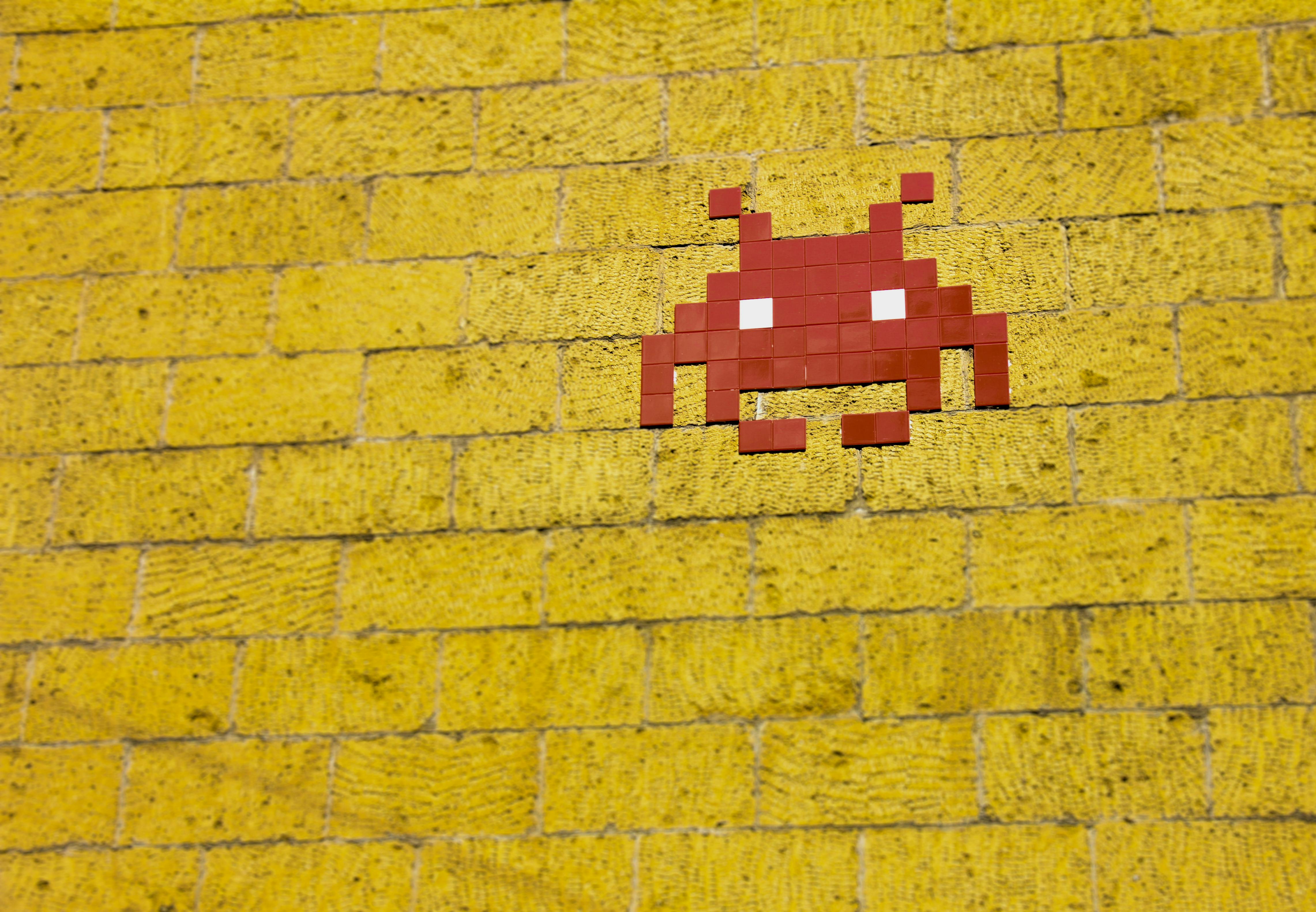The Resurgence of Pixel Art in Modern Gaming
With the rapid advancement of technology, video games have made a quantum leap in terms of graphics, presenting the player with hyper-realistic visuals that are a far cry from the pixelated designs of the past. But in an ironic twist, the gaming community is witnessing a resurgence of pixel art in modern games. This article delves into the history of pixel art, its unexpected comeback, and its cultural significance in the gaming world.

A Walk Down Memory Lane: Pixel Art in 8-Bit Era
Pixel art emerged during the 8-bit era of gaming, in the 1980s, when video game graphics were limited by the low resolution of screens and the limited number of colors available. Game designers had to craft images pixel by pixel, creating a distinctive aesthetic that came to define the era’s games. Iconic games like Super Mario Bros, The Legend of Zelda, and Mega Man, all boasted this pixel art style, giving them a nostalgic charm that continues to resonate with gamers.
Today’s Pixel Art Renaissance: The Old Meets the New
Fast forward to the present day, and pixel art has staged an unexpected comeback. Despite the availability of sophisticated graphic design tools that can render lifelike images, many game developers, particularly in the indie scene, are opting for the minimalist, nostalgic allure of pixel art. Games like Celeste, Shovel Knight, and Stardew Valley, have embraced pixel art, achieving critical acclaim and commercial success. This resurgence is not just a nod to nostalgia, but a testament to the artistic merit of pixel art.
Why Pixel Art? The Allure and Impact
The appeal of pixel art lies in its simplicity and versatility. It is a form of digital art that is accessible, yet challenging, allowing game designers to convey complex ideas with a minimum number of pixels. Moreover, pixel art games often stand out in a saturated market, offering a distinctive aesthetic that sets them apart from the crowd. The player reception has been overwhelmingly positive, with many appreciating the nostalgic charm and artistic creativity of pixel art games.
The Cultural Significance: More Than Just Pixels
Beyond its aesthetic appeal, the resurgence of pixel art signifies a broader trend within the gaming community - a desire for games that prioritize substance over style. Gamers are increasingly valuing compelling narratives, innovative gameplay, and unique art styles over high-end graphics. This shift in player preferences is redefining what constitutes a successful game, proving that even in an age of cutting-edge technology, there’s still a place for the simple charm of pixels.
The Future of Pixel Art: A Lasting Trend?
Despite its current popularity, it remains to be seen whether the pixel art trend will endure. While the nostalgic charm and distinctive aesthetic of pixel art are undeniable, the gaming industry is continuously evolving, with new technologies and artistic trends emerging regularly. However, the enduring appeal of pixel art, its cultural significance, and its role in shifting player preferences suggest that it’s more than just a passing trend.
In conclusion, the resurgence of pixel art in modern gaming represents a fascinating intersection of past and present, nostalgia and innovation. It’s a testament to the enduring appeal of simple, charming visuals, and a reminder that in gaming, as in all forms of art, sometimes less is indeed more.




